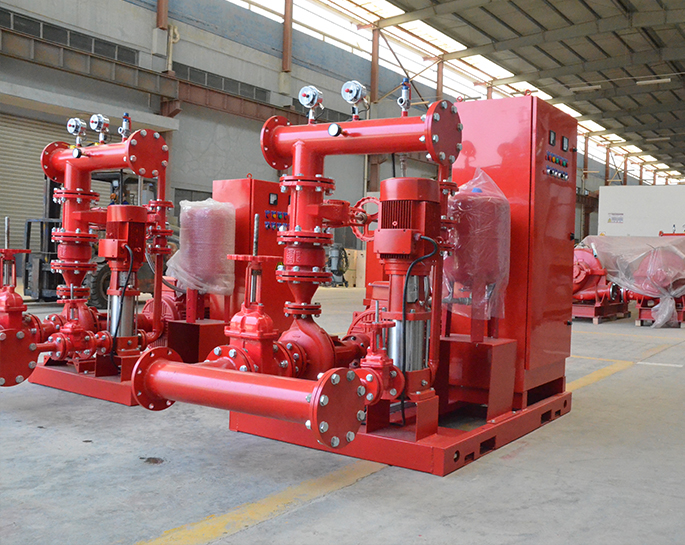How to operate a fire pump?
Operating a fire pump is a critical skill that is typically performed by trained firefighters or individuals with specific training in fire suppression and firefighting equipment. Fire pumps are used to provide a reliable source of high-pressure water to fight fires, and they are often integrated into fire trucks or mounted on a stand-alone apparatus. The exact procedures for operating a fire pump may vary depending on the manufacturer and the specific equipment in use, but here are some general guidelines:
-
Safety Precautions:
- Ensure that you are wearing the appropriate personal protective equipment (PPE) for firefighting, including turnout gear, helmet, gloves, and breathing apparatus if necessary.
- Make sure the fire pump is properly serviced and maintained, and that there are no leaks or visible damage.
-
Setup and Inspection:
- Position the fire pump apparatus close to a water source, such as a hydrant, pond, or water tank.
- Inspect all connections, hoses, and nozzles to ensure they are properly connected and in good condition.
- Ensure that the suction strainer or filter is in place and functioning correctly.
-
Start the Fire Pump:
- Follow the manufacturer's instructions for starting the fire pump engine. This may involve turning a key, pressing a button, or using a pull-start mechanism.
- Allow the engine to warm up if necessary, and ensure that it is running smoothly.
-
Prime the Pump:
- If the pump is not self-priming, you may need to manually prime it by filling the pump casing with water.
- Follow the specific instructions provided by the manufacturer for priming the pump.
-
Control Panel:
- Most fire pumps have a control panel that allows you to adjust the pressure and flow rate. Set the desired pressure and flow according to the firefighting requirements.
-
Operate the Pump:
- Open the discharge valve or valves slowly to begin supplying water to the hose lines or other firefighting equipment.
- Monitor the pressure and flow rate as water is being pumped. Adjust as needed to maintain the desired firefighting conditions.
- Follow the guidance of the Incident Commander and coordinate with other firefighters to direct the water to where it's needed most.
-
Shut Down the Pump:
- When the firefighting operation is complete, close all discharge valves to stop the flow of water.
- Shut off the fire pump engine according to the manufacturer's instructions.
- Perform any required maintenance or cleaning tasks and ensure the pump is ready for the next use.
It's important to note that the operation of a fire pump requires training and experience. Firefighters are typically trained in the safe and effective use of fire pumps as part of their firefighting education. Always follow the specific operating instructions provided by the manufacturer for the equipment in use, and work in coordination with other members of your firefighting team. Safety is of the utmost importance when operating fire pumps in emergency situations.


.png)
.png)

.png)


